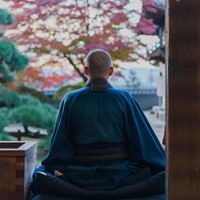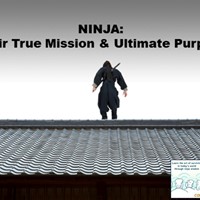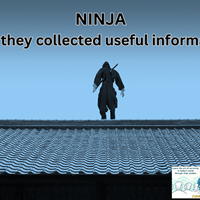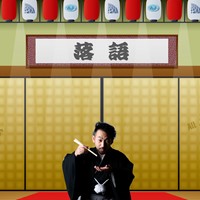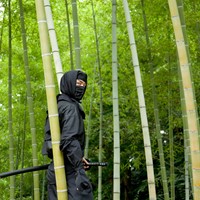What to Expect When Attending a Japanese Funeral
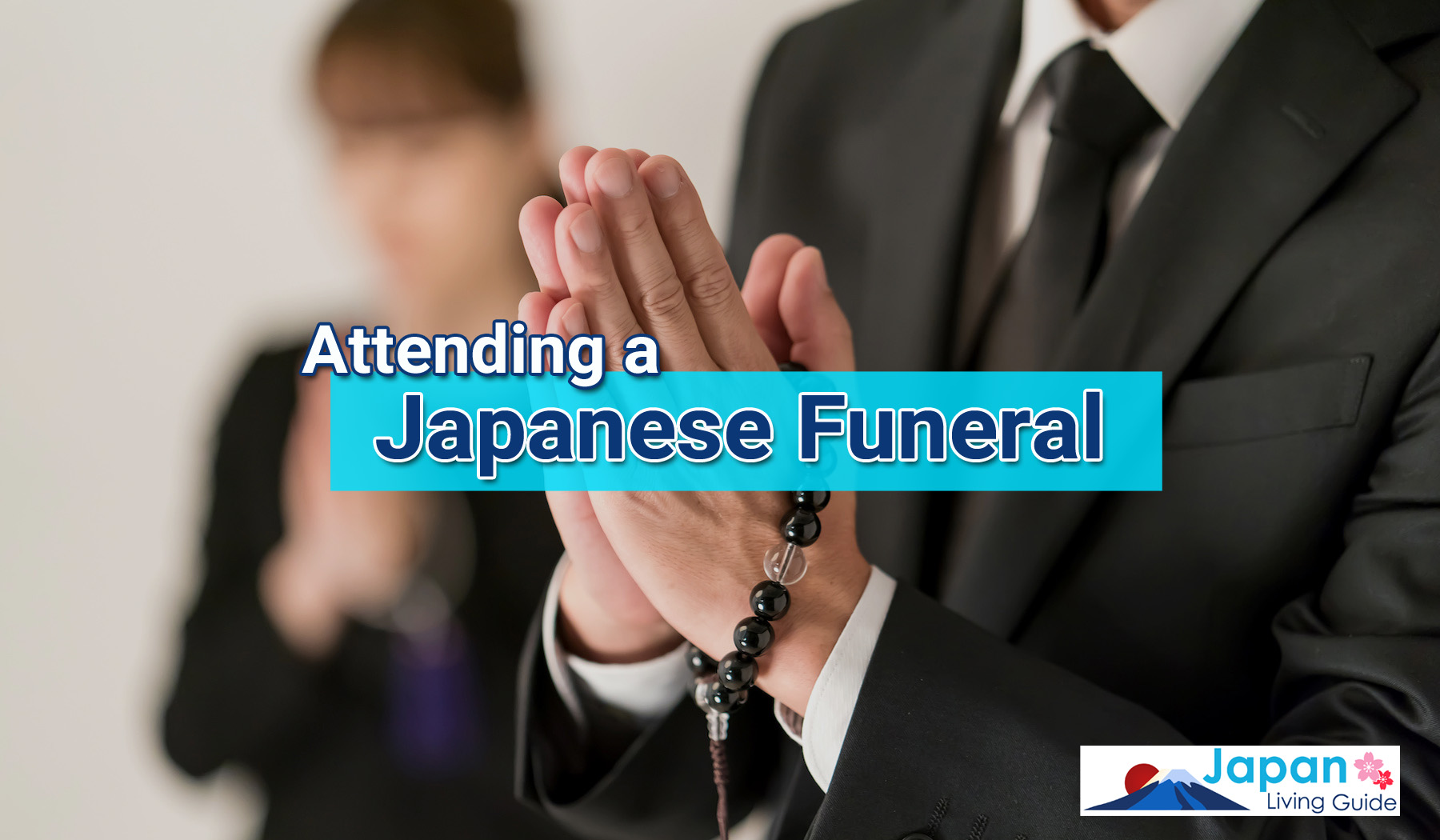
This page contains affiliate links.
Funerals are a difficult experience for many, but are often considered a necessary part of grieving. This has led to funerals being quite a ritualistic process in many cultures and religions, and Japanese culture is no different. Here we will look at various cultural aspects of Japanese funerals.
Funerals in Japan
Most funerals in Japan are Buddhist ceremonies and involve cremation. It is very uncommon to have a funeral following a different religion and using a casket burial rather than cremation.
Buddhist funerals follow a very specific formula, and the order of events is quite rigid. Some aspects can change slightly depending on denomination, but the overall flow is the same throughout. The ceremonies may be spread over multiple days, with many families having the wake the night before the official ceremony. Traditionally, this was supposed to take place over 49 days with a ceremony every seven days, but in modern times this is not a feasible option for most people. The place of funerals has also changed over time, from the home to an official funeral hall.
Funeral and Farewell Ceremonies
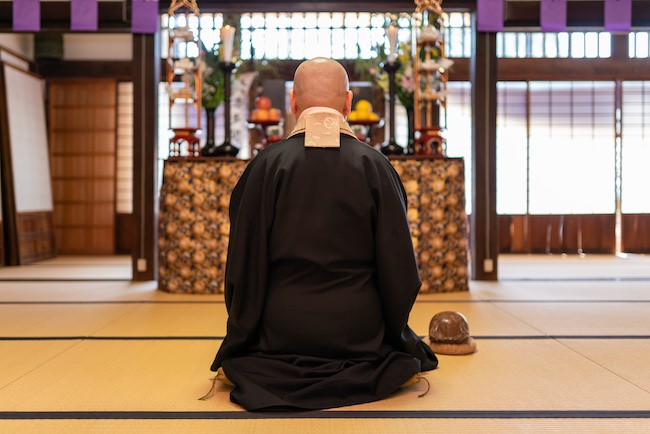
The funeral ceremony starts with the arrival of the guests. Attendees present koden, or condolence money, and then move to the main hall. The ceremony officially starts with the chanting of sutras by a Buddhist priest. During this time, attendees are invited to approach the altar, light incense, and say a quiet prayer for the deceased.
It is standard to bow first to both sides of the room before taking three pinches of incense to add to the burner. This usually takes place in order of immediate family, relatives, and finally friends and other attendees. The amount of times this takes place and length of time can vary by denomination.
After this, a priest may give a Buddhist name for the deceased to allow them to enter the world of Buddha. The main mourner or a member of the family gives some closing remarks, and this part of the ceremony is finished.
After the main ceremony, there is a casket ceremony, or farewell ceremony. During this ceremony, the family and attendees place flowers in and around the casket to make a final farewell. The casket is then covered, and the main mourner gives a greeting and final remarks. At this stage, the funeral is finished for all except close family and possibly close friends.
Those who are still participating now move to the crematorium for the next stage. Often there is a farewell feast between the farewell ceremony and the cremation.
Cremation and Bones
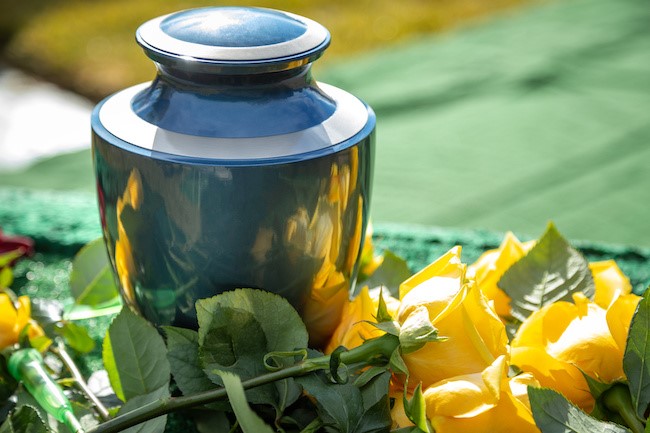
After the body has been cremated, it is time to perform the ceremony of collecting the bones.
The attendees gather around the ash and bones of the deceased and carefully transfer the bones into the urn. This is done by using special, long chopsticks — one bamboo and one willow — to symbolize a connection of two worlds. The bones are passed from one family member to the next before being put in the urn. This is the origin of the Japanese chopstick etiquette of not passing food between chopsticks while eating, since it resembles this funeral custom.
The bones are usually collected in the order of feet to head, with the feet at the bottom of the urn. The Adam’s apple is the final piece to be added and symbolizes a connection with Buddha’s world.
Collecting the bones takes place in a similar order to the funeral ceremony, with the main mourner and immediate family first, followed by relatives and friends, although there are obviously much fewer people than at the original ceremony. There are sometimes regional differences in the bone order or other processes to keep in mind.
After the Funeral
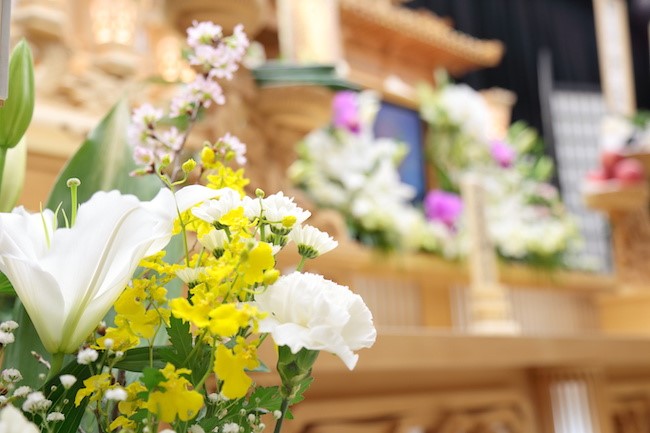
The final step in the funeral and cremation process is to transport the urn to the family grave and bury it. This can take place at any time, since the urn can be kept at home in the meantime. Most families choose a significant time in consultation with the temple or the chosen graveyard.
There are also various options when it comes to the burial process, other than a traditional family grave and tombstone burial. Some families choose shelf-type burials, where the urn is kept on a shelf or locker-style storage at a graveyard. This is convenient as the room is managed by the graveyard or temple and does not require regular maintenance.
Some families prefer tree burials, where a tree is planted in place of a traditional tombstone. This is often more affordable than a tombstone and does not require as much management.
Scattering the deceased’s ashes is a popular request in the West and has also been gaining popularity in Japan. Some people wish to return to nature or to a place of significant memories. This can be done, however, the bones must be ground into a powder beforehand, and it must be done with moderation as to not inconvenience others.
Are Coffin Burials Prohibited in Japan?
As mentioned above, cremation is part of almost all Japanese funerals. After the cremation, the urn is buried in a graveyard. However, despite burials being part of the cremation process, non-cremated burials are quite difficult to arrange in Japan. As it is not standard, some local governments and graveyards prohibit coffin burials, and legally permitted graveyards are few and far between.
Coffin burial is difficult to arrange in Japan, but it is not impossible and can be organized if it is more suitable to the deceased and the family’s beliefs.
Funeral Expenses in Japan
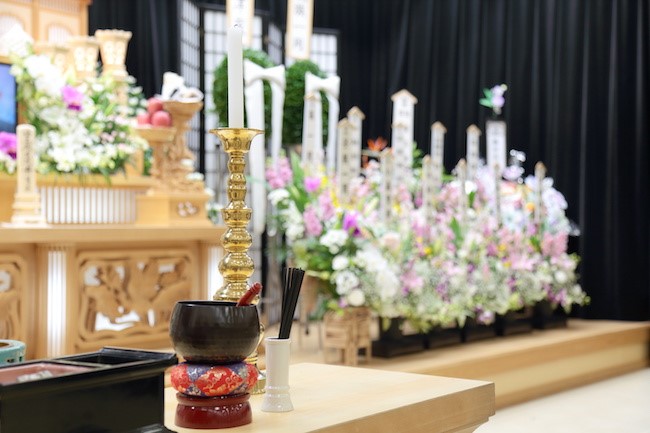
The average cost of a funeral in Japan is around 1.5 million yen. This money is spent on the funeral hall and crematorium fees, the priest donations, funeral incense, meals for family and friends, the urn, and more. While it is standard for guests to offer money at a funeral, this is essentially returned with the end-of-ceremony gifts given to attendees. This cost can be reduced by cutting certain aspects of the ceremony or reducing the size of the ceremony.
What You will Need at a Japanese Funeral
You can purchase Japanese funeral related things online.
Learn More about Japanese Funeral Etiquette
As with many cultures, Japan has very specific traditions and rituals surrounding funerals. We hope this guide helps to illuminate some of the many incorporated ceremonies and traditions. For more information on etiquette and what you as an attendee should do at a funeral, please read our guide to Japanese funeral etiquette.

